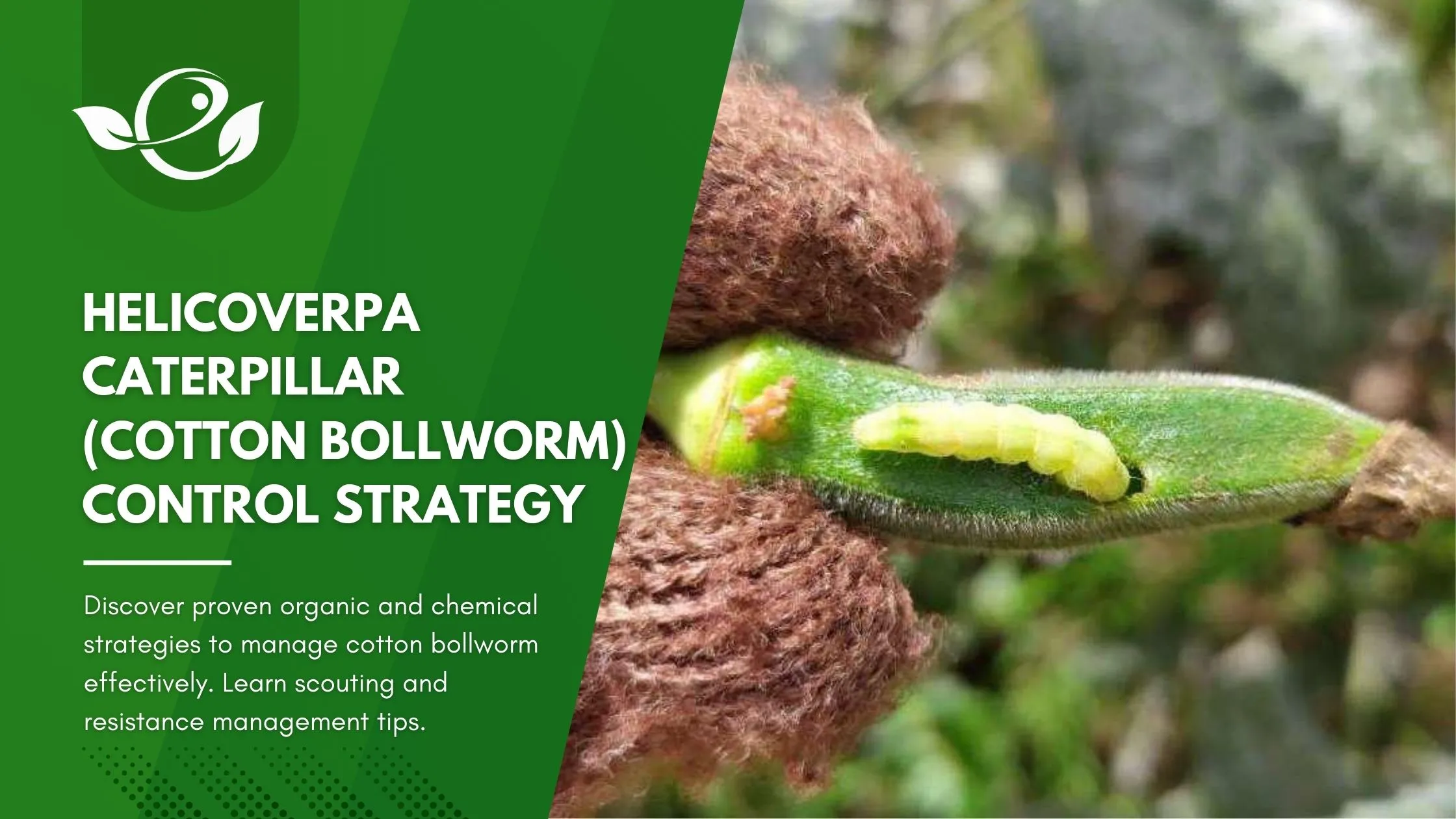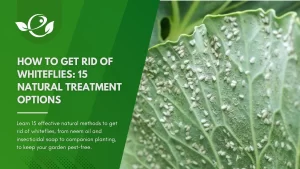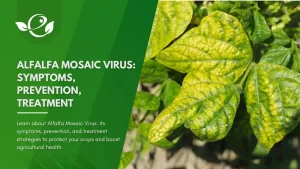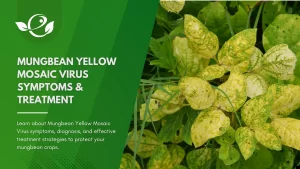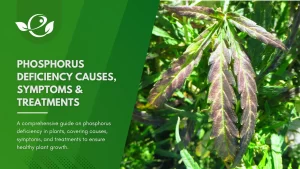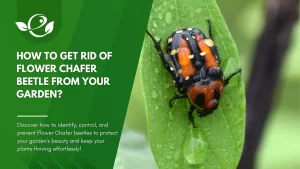Table of Contents
Few pests command as much attention in cotton production as the cotton bollworm, or Helicoverpa caterpillar. With a remarkable ability to feed on over 120 cultivated and wild hosts, this nocturnal invader can decimate bolls, reduce lint quality, and trigger secondary rots that erode both yield and profitability. In regions from Central Asia to the Americas, annual losses to Helicoverpa armigera exceed USD 200 million, underscoring the imperative for precise, proactive management.
In this article, we delve into the biology and behavior that make the cotton bollworm so formidable, outline its characteristic damage symptoms and economic thresholds, and explore a spectrum of control tactics. From cultural and biological measures that conserve natural enemies to the latest selective chemistries—and the IPM framework that weaves them together—we’ll equip you with a robust strategy for keeping Helicoverpa caterpillar populations below critical levels, safeguarding both your crop and the environment.
Understanding the cotton bollworm
A. Physical Characteristics
- Adult: Adult cotton bollworm moths Body length 12–18 mm, wingspan 30–40 mm; forewings yellow‑orange in females and greenish‑gray in males, each bearing a diffused transversal band and reniform spot; hindwings pale yellow with a narrow brown margin and central discal dot
- Larvae: Helicoverpa armigera larvae are Six instars over 13–22 days, reaching 35–40 mm; early instars pale green or yellow, later shifting to red‑brown; three dark dorsal stripes and a pale subspiracular line characterize all stages.
- Eggs and Pupae: Eggs are 0.4–0.6 mm in diameter with longitudinal ribs; initially creamy white, turning olive just before hatching in 2–4 days under warm conditions.
B. Life Cycle Overview
- Egg Stage: Females deposit 500–3,000 eggs over 5–7 days, favouring floral parts and terminal buds; under 25–30 °C, eggs hatch in 2–4 days, whereas cooler conditions extend incubation to 7 days.
- Larval Stage: Larval development spans six instars over 13–22 days; neonates feed briefly on foliage before dispersing to flower buds or bolls, with later instars boring into reproductive structures for shelter and nutrition.
- Prepupal and Pupal Stages: Fully grown larvae cease feeding, exit the plant and burrow into soil to form a silken cocoon; a short prepupal period (2–4 days) precedes pupation. Pupae then mature in 10–15 days, with warmer temperatures accelerating development.
- Adult Stage: Adults emerge nocturnally, live 10–14 days, and mate within the first two nights of emergence; strong flight muscles enable dispersal flights exceeding 100 km, facilitating rapid colonization of new fields.
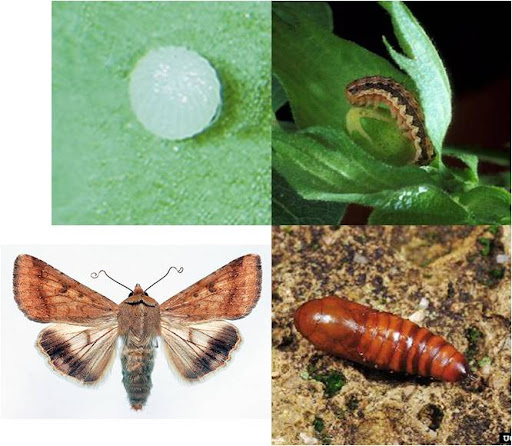
Symptoms and Damage Assessment
- Squares (Flower Buds): Small, round “shot‑holes” near the base of squares signal early larval feeding. As larvae mature, they chew ragged openings, often leading to square abortion and drop. Feeding damage can be found on any plant tissue but are most likely on flowers and bolls/ears/fruits/pods, depending on the host plant. [1]
- Blooms and Bloom Tags: On Bt cotton, bollworm larvae that survive on flowers leave “bloom tags”. Whitish to brown eggs can be found in clusters around floral structures and young leaves on the upper canopy.
- Bolls: Late‑instar larvae bore circular holes (3–5 mm diameter) into bolls, frequently hollowing out locks while leaving frass at the base. This entry wound often leads to secondary rot (fungal or bacterial), staining lint and reducing fiber quality.
- Frass and Webbing: Moist, sawdust‑like droppings accumulate around feeding sites on squares, blooms and bolls, accompanied by fine webbing used by small larvae for shelter.
- Leaf Damage: Although bollworms prefer reproductive structures, heavy infestations produce irregular “shot‑holes” and skeletonizing on leaves, particularly in seedling and vegetative stages.
- Pin‑prick Lesions: Inside the boll cavity, scouts may find tiny, dark “pin‑prick” spots or wart‑like callus growths where larvae initiated feeding before entering deeper.
- Internal Feeding Cavities: Larger larvae tunnel between lint and boll wall, creating hollowed‑out chambers that can escape external detection until boll opening.
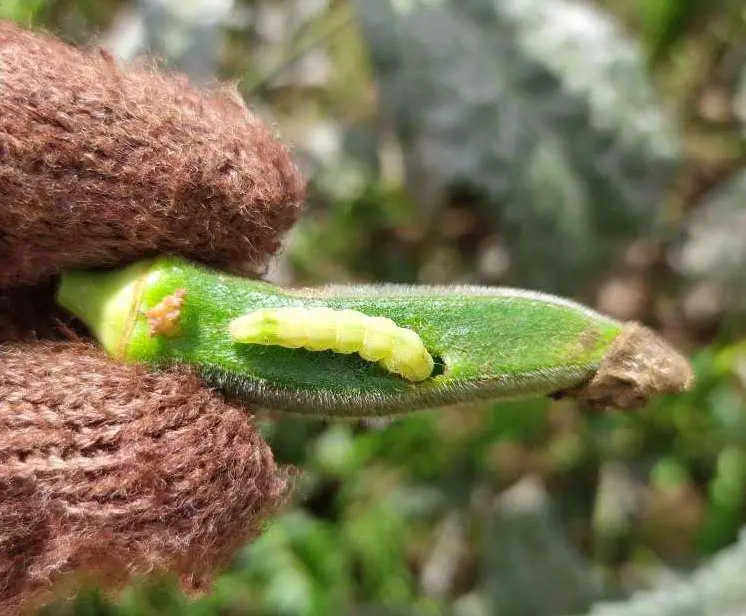
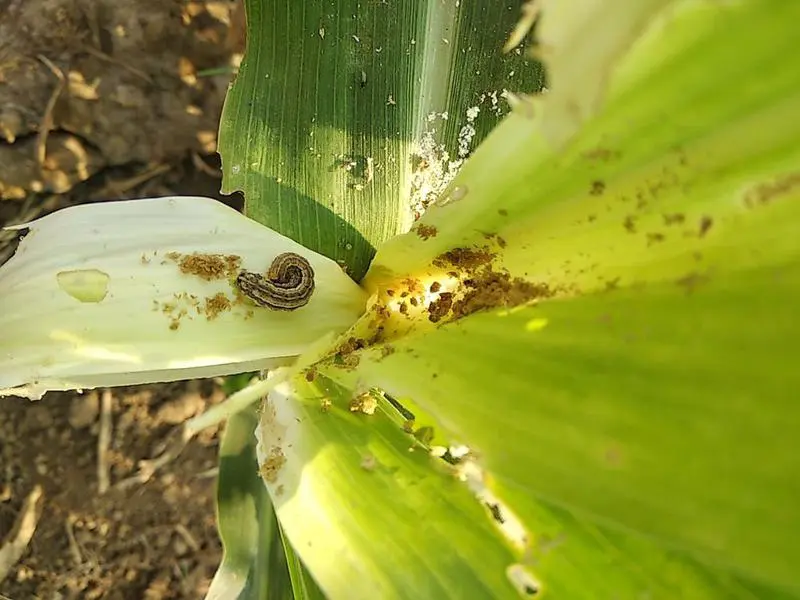
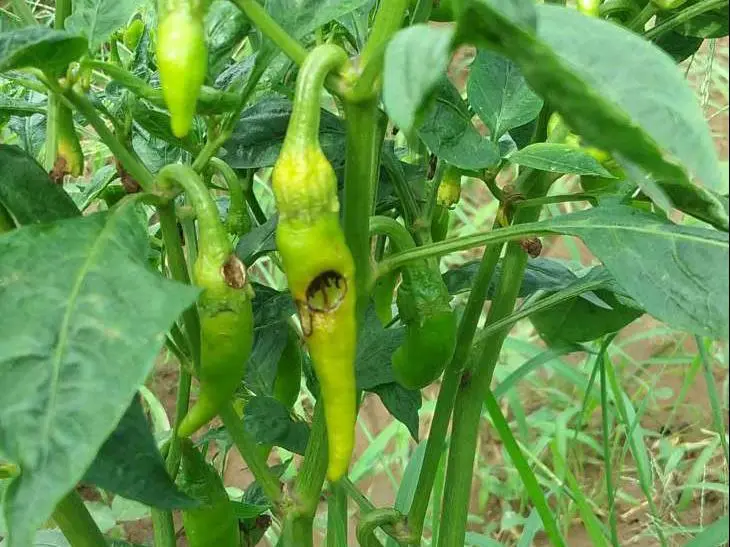
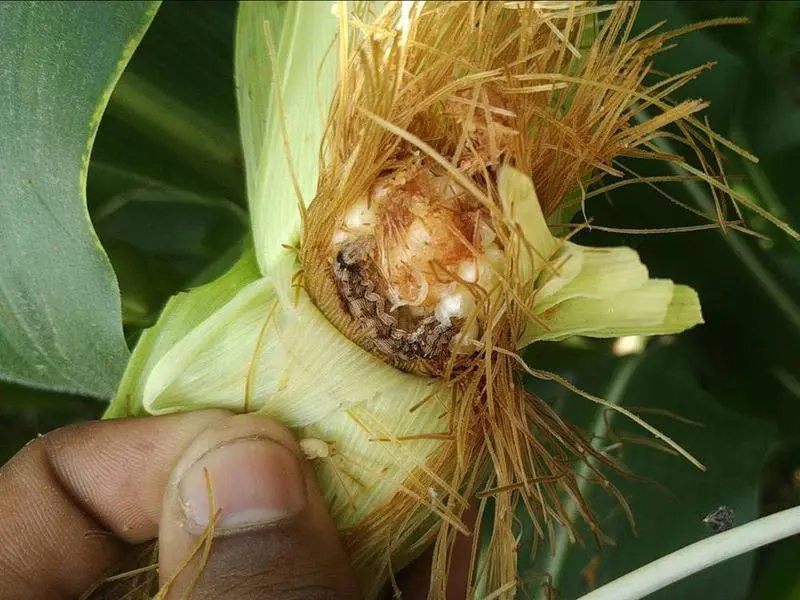
Organic Control Methods for Helicoverpa Caterpillar
Cultural and Mechanical Tactics
- Deep autumn ploughing and winter watering destroy diapausing pupae by soil incorporation or waterlogging.
- Crop rotation and intercropping with non‑host plants (e.g., cereals) disrupt host continuity and lower pest buildup.
- Field sanitation by removing crop residues and infested bolls reduces overwintering reservoirs.
Biological Controls
- Bacillus thuringiensis (Bt) formulations and Bt‑expressing cotton varieties produce Cry1A/2A toxins lethal to H. armigera larvae.
- Helicoverpa armigera nucleopolyhedrovirus (HearNPV) applications achieve >70% larval mortality with minimal non‑target effects. [2]
- Entomopathogenic fungi and nematodes, notably Beauveria bassiana, infect and kill larvae under humid conditions.
- Egg parasitoids (Trichogramma spp.) and larval parasitoids (Habrobracon hebetor) can be mass‑reared and released to suppress early cohorts.
Trichogramma wasps (T. chilonis or T. brasiliensis) can be introduced coinciding with flower initiation to attack the eggs. Microplitis, Heteropelma and Netelia wasps parasitize the larvae. Predatory bugs (big-eyed bug, glossy shield bug and spined predatory shield bug), ants, spiders, earwigs, crickets and flies attack the larvae and should thus be promoted. Apply bio-insecticides based on spinosad, nucleopolyhedrovirus (NPV), Metarhizium anisopliae, Beauveria bassiana or Bacillus thuringiensis to control the larvae. Botanical products, such as Neem oil, Neem seed kernel extracts (NSKE 5%), chili or garlic may be applied as foliar sprays at bud initiation stage.
Botanical and Plant‑Derived Products
- Azadirachtin from neem (Azadirachta indica) disrupts larval feeding and development, with reported LC₅₀s in the low µg/ml range. [3]
- Neem gum nano‑formulations (NGNF) exhibit 100% antifeedant and larvicidal activity against H. armigera in lab trials.
Chemical Control Strategies Against Cotton Bollworm
Always consider an integrated approach with preventive measures, together with biological treatments if available. Selective insecticide treatment is the best option to rid the field of the pest without affecting beneficial insects. Monitoring for eggs and larvae is crucial as the caterpillars become increasingly resilient to insecticidal treatment.
Products based on chlorantraniliprole, chloropyrifos, cypermethrin, alpha- and zeta-cypermethrin, emamectin benzoate, esfenvalerate, flubendiamide, or indoxacarb can be used (usually @ 2.5 ml/l). The first application should be at the flowering stage and followed by sprays at 10-15 days interval. Chemical treatment may not be viable in low-value crops.
- Chlorantraniliprole (IRAC Group 28) offers systemic and translaminar action, effective at low doses (600 g a.i./ha)
- Spinosad (Group 5) causes rapid neurotoxicity; sublethal exposure delays development and reduces fecundity
- Emamectin benzoate (Group 6) achieves >90% control, outperforming indoxacarb and spinosad in field trials
- Methoxyfenozide (Group 18) acts as a molting accelerator, causing premature ecdysis and mortality
Pesticides For Helicoverpa Caterpillar (Cotton Bollworm)
Select and apply ONLY ONE of the following products to your crops:
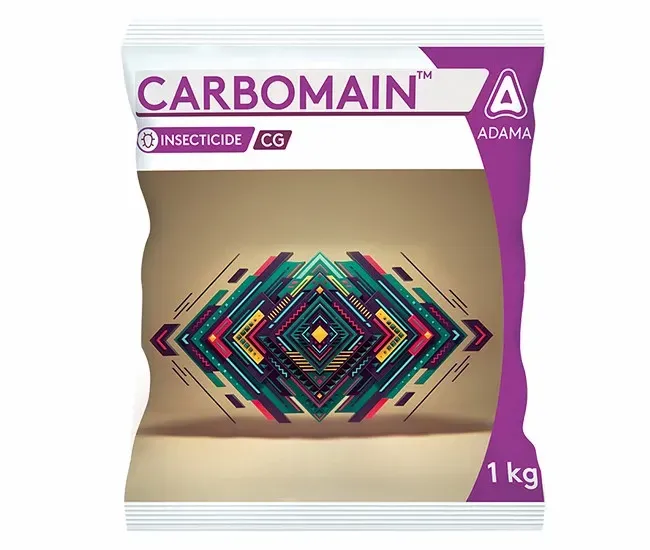
Carbomain by Adama
- Chemical compound: Carbofuran 3.0% CG
- Category: Pesticides
- Crops: Rice, Barley, Bajra, Sorghum
- Related Document- PDF
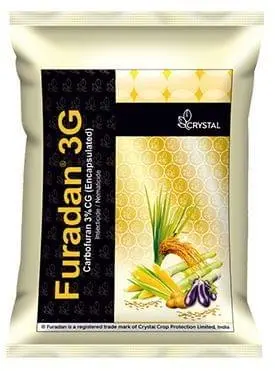
Furadan 3G by Crystal
- Chemical compound: Indoxacarb 4.5% SC, Novaluron 5.25% SC
- Category: Pesticides
- Dosage: 12.5 kg/ha
- Crops: Rice, Sugarcane
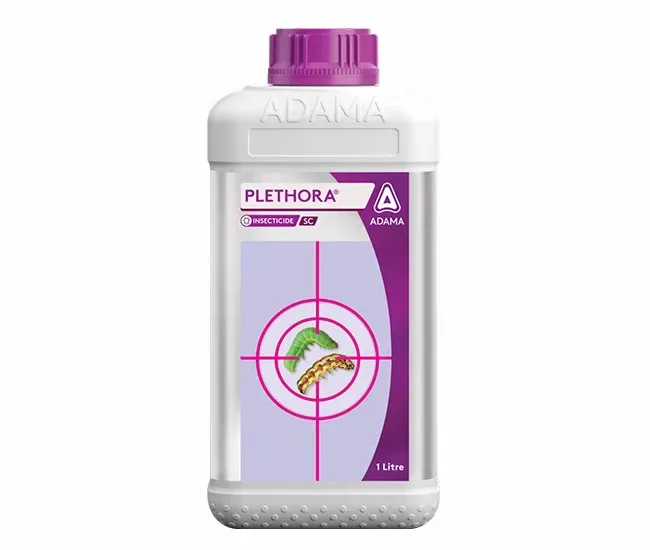
Plethora by Adama
- Chemical compound: Indoxacarb 4.5% SC, Novaluron 5.25% SC
- Category: Pesticides
- Crops: Gram, Chickpea, Peanut, Pigeonpea, Soybean, Tomato, Chilli
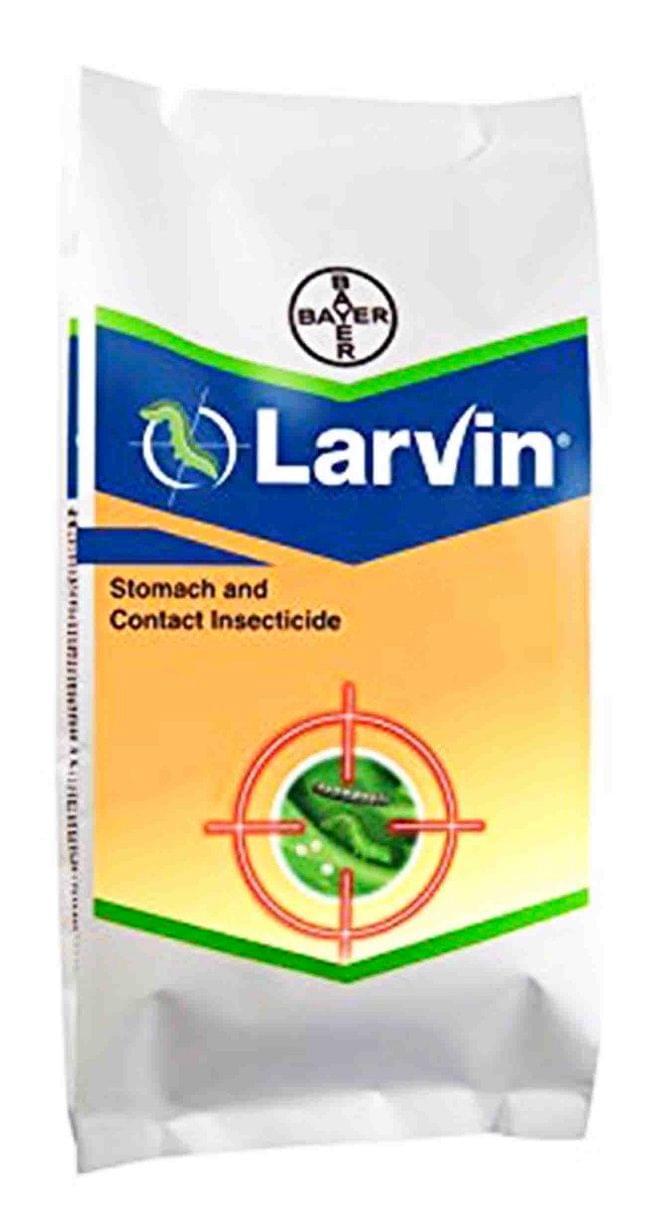
Larvin by Bayer
- Chemical compound: Thiodicarb 75.0% WP
- Category: Pesticides
- Crops: Cotton, Cabbage, Brinjal, Chilli And Black Gram
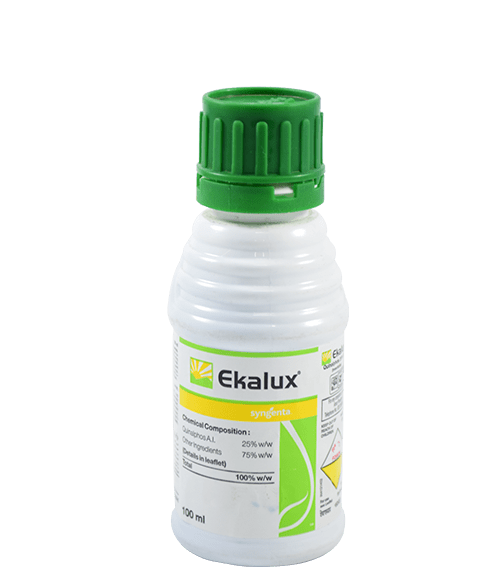
Ekalux by Syngenta
- Chemical compound: Quinalphos 25.0% EC
- Category: Pesticides
- Dosage: 2ml per litre of water.
- Crops: can be used on a variety of crops, including: Fruits, Vegetables, Ornamental plants

Voliam Flexi by Syngenta
- Chemical compound: Chlorantraniliprole 8.8% SC, Thiamethoxam 17.5% SC
- Category: Pesticides
- Crops: Bok Choy, Broccoli, Raab, Brussels sprouts, Cabbage, Chinese
- Related Document- Link
Fun Fact: Annual cotton yield losses to H. armigera exceed USD 200–450 million in regions like Xinjiang, illustrating the pest’s economic gravity.
Preventive Measures of Cotton Bollworm
- Plant small strips of cowpea, sunflower or marigold around cotton fields to attract ovipositing moths away from the main crop; destroy these trap plants (and any egg masses) before larvae move into cotton.
- Plant early to avoid population peaks of the pest.
- Leave sufficient distance between plants.
- Provide uncultivated marginal areas to break the life cycle.
- Place bird perches to attract birds that feed on the caterpillars.
- Use trap crops such as marigold (Tagitus erecta) every 5 or 6 rows.
- Use light or pheromone traps to monitor or mass-catch the moths.
- Avoid water stress by providing good drainage.
- Monitor plants for the presence of eggs and damage to flowers, fruit pods or bolls.
- In small plots or along field borders, inspect plants weekly and crush or remove egg masses and early instar larvae by hand to suppress local populations
- Remove infected plants from fields as well as weeds in and around the field.
- Clear all harvest residues after each cropping cycle.
- Plow deeply after harvesting to expose the pupae for natural predators and solar rays.
- Avoid monocultures and implement intercropping with beneficial plants.
Final Thoughts
Effective management of the cotton bollworm (Helicoverpa caterpillar) hinges on marrying vigilant monitoring with a balanced suite of controls. Cultural practices—crop rotation, trap cropping and field sanitation—choke off pest buildup, while biological tools such as Bt sprays, nucleopolyhedroviruses and beneficial parasitoids exploit the bollworm’s vulnerabilities without collateral harm. When thresholds demand chemical intervention, selective insecticides rotated by the IRAC group preserve efficacy and protect non‑target organisms.
By integrating these tactics within an adaptive IPM framework, growers can sustain crop yields, delay resistance, and minimise ecological disruption.
